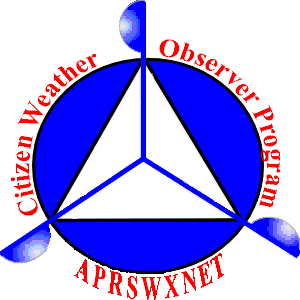| Drought Risk | |
 |  |
| Description: Satellites can detect the difference between rock, grassland, and forests because these surfaces emit energy differently back into space.
By measuring these differences and observing the patterns of vegetation--or its lack of growth--NOAA scientists can monitor how droughts are changing across the world.
This weekly global drought risk composite is derived from the Normalized Difference Vegetation Index datasets developed by NOAA from measurements of the AVHRR sensor onboard the POES satellite. An important note is that the drought imagery is based solely on the analysis of vegetation health and stress, not soil moisture conditions. The dataset also relies on removing areas determined to be covered in snow by using the same data that is displayed in the Real-Time Snow and Ice Cover. However, there are sometimes small differences in areas where snow is quickly melting or forming. This is because drought data is generated weekly, whereas snow and ice data is generated daily. This index serves as a reliable proxy measurement for drought worldwide. Yellow areas indicate areas under moderate drought conditions; red indicates areas experiencing extreme drought conditions. A number of other datasets are also being derived from NDVI, including risk indexes for wildfires and malaria. Data Source: NOAA/NESDIS/STAR Global Vegetation Health Products data page | |
| View High Resolution Version | |
Updated:
1/13/2026 09:40:00












